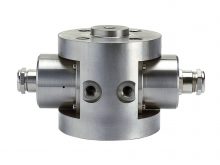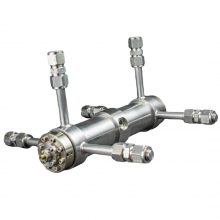Discount Products: Look through products available for a 25% – 50% discount in 2020. The items provided on a first come, first serve basis. View Discounted Products
NIR
In the 1980s, Karl Norris (while working at the USDA Instrumentation Research Laboratory, Beltsville, USA) pioneered the use NIR spectroscopy for quality assessments of agricultural products. Since then, use has expanded from food and agricultural to chemical, polymer, and petroleum industries; pharmaceutical industry; biomedical sciences; and environmental analysis.
Near-infrared spectroscopy (NIRS) is a spectroscopic method that uses the near-infrared region of the electromagnetic spectrum (from 780 nm to 2500 nm). Typical applications include medical and physiological diagnostics and research including blood sugar, pulse oximetry, functional neuroimaging, sports medicine, elite sports training, ergonomics, rehabilitation, neonatal research, brain-computer interface, urology (bladder contraction), and neurology (neurovascular coupling). There are also applications in other areas as well such as pharmaceutical, food and agrochemical quality control, atmospheric chemistry, combustion research and astronomy.
SRC, in its quest to provide leading-edge technologies to potentiate the R&D capabilities of the Canadian scientific community, has recently integrated NIR Spectroscopy technologies into its portfolio from a profound manufacturer like Speaac Ltd.



